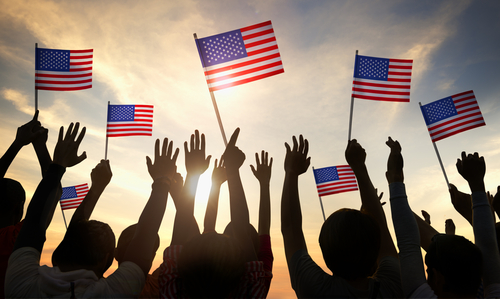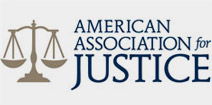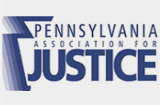Independence Day, more commonly known in the United States as the Fourth of July or July 4th, is an annual Federal Holiday in the United States commemorating the Declaration of Independence, which was ratified by the Second Continental Congress on July 4, 1776, thereby establishing the United States of America.
The Founding Father delegates of the Second Continental Congress voted in favor of independence from Great Britain on July 2, 1776, thereby declaring that the Thirteen Colonies were no longer subject nor subordinate to the monarch of Britain – King George III, and were now united, free, and independent states. The Congress voted to approve independence by passing the Lee Resolution on July 2 but did not actually adopt the Declaration of Independence until two days later on July 4 as the process of revising the Declaration of Independence, which was originally drafted by Thomas Jefferson in consultation with fellow committee members (the Committee of Five) – John Adams, Benjamin Franklin, Roger Sherman, and William Livingston, was not completed until two days later on July 4, 1776.
While Jefferson consulted extensively with the other four members of the Committee of Five, he largely wrote the Declaration of Independence in isolation between June 11, 1776 and June 28, 1776 from the second floor he was renting in a three-story private home at 700 Market Street in Philadelphia, now known as the Declaration House. Congress debated and revised the wording of the Declaration, removing Jefferson’s strong denunciation of King George III for importing the slave trade, finally approving it two days later on July 4.
By a remarkable coincidence, Thomas Jefferson and John Adams, the only two signatories of the Declaration of Independence later to serve as President of the United States, both died on July 4, 1826, which was the 50th anniversary of the Declaration. Although not a signatory of the Declaration of Independence, James Monroe, another Founding Father who was also elected as President of the United States, died on July 4, 1831, making him the third President to pass on the anniversary of independence.
The celebration of Independence Day was initially modeled on that of the king’s birthday, which had been marked annually by bell ringing, bonfires, solemn processions, and oratory. The ritual of toasting the king and other patriot-heroes became an informal kind of political speech, further formalized in mid-18th century when the toasts given at taverns and banquets began to be reprinted in newspapers. In the early stages of the revolutionary movement in the colonies during the 1760s and early ’70s, patriots used such celebrations to proclaim their resistance to Parliament’s legislation while honoring King George III as the real defender of English liberties. However, the marking of the first days of independence during the summer of 1776 actually took the form in many towns of a mock funeral for the king, whose “death” symbolized the end of monarchy and tyranny, and the rebirth of liberty.
During the early years of our Republic, Independence Day was commemorated with parades, oratory, and toasting in ceremonies that celebrated the existence of the new nation. These rites played an equally important role in the evolving federal political system. With the rise of informal political parties, they also provided venues for leaders and citizenry to tie local and national contests to independence and the issues facing the national polity. By the mid-1790s the two major political parties held separate partisan Independence Day festivals in most larger towns. It is perhaps for this reason that Independence Day became the model for a series of often short-lived celebrations that sometimes contained more explicit political overtones, such as George Washington’s birthday and the anniversary of Jefferson’s inauguration while he served as president.
Over the years, and in particular response to the rise of leisure in America, the political importance of Independence Day, or the Fourth of July, declined as it has become more of a major midsummer holiday. Importantly, however, it remains a potent symbol of national power, specifically American qualities, and a symbol of patriotism.
From our Family at the Law Offices of DiOrio & Sereni, LLP to yours – best wishes for a blessed, safe, and happy Independence Day!!!
The Law Firm of DiOrio & Sereni, LLP is a full-service law firm in Media, Delaware County, Pennsylvania. We strive to help people, businesses and institutions throughout Southeastern Pennsylvania solve legal problems – and even prevent legal problems before they occur. To learn more about the full range of our specific practice areas, please visit www.dioriosereni.com or contact Robert B. George, Esquire at 610-565-5700 or at [email protected].
DISCLAIMER
The information that our blogs provide does not, and is not intended to, constitute legal advice; instead, all information is for general informational purposes only. Information in our blogs may not constitute the most up-to-date information. Readers of our blogs should contact a qualified attorney to obtain legal advice with respect to any particular legal matter. No reader should act or refrain from acting on the basis of any information in our blogs without first seeking legal advice from a qualified attorney. Only the reader’s own attorney can provide assurances that the information contained in our blogs – and any interpretation of it – is applicable or appropriate to the reader’s particular legal issue. Use of, and access to, the information in our blogs does not create, and is not intended to create, an attorney-client relationship between the reader and our law firm or our blog authors.
Like what you see? Join our mailing list













